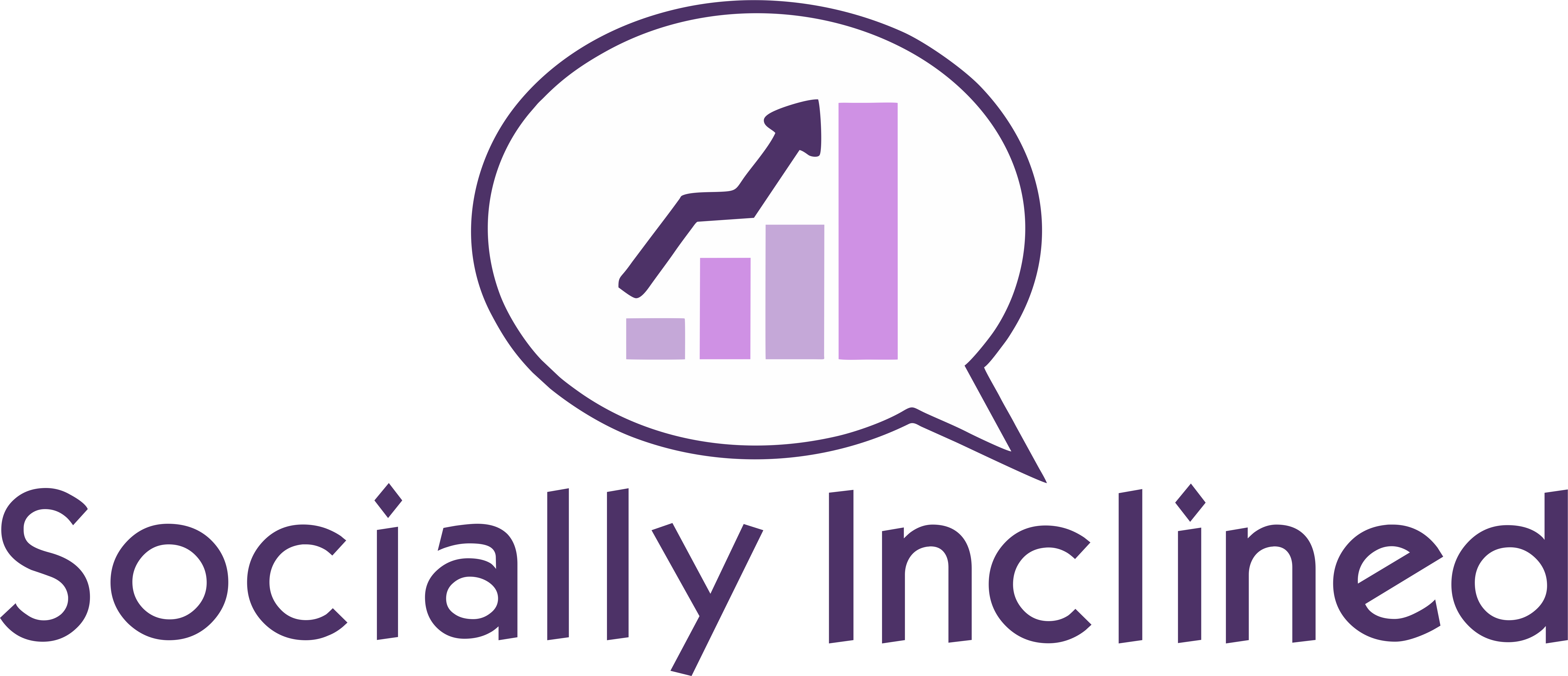Marketing in a time of economic crisis is no joke. But you already know that.
Let’s face it: it’s difficult, at best, to know how to handle your marketing when unemployment numbers are high, spending is low, and uncertainty is everywhere you look.
And yet, for all that, marketing is a must if you want your business to stay afloat.
For your business to survive, it’s a must to come up with a marketing plan that’s:
- Practical
- Affordable
- Achievable
- Effective
If you can’t do that, then you may find yourself struggling.
The good news is that we’ve done some of the work for you. Here’s your 30-day marketing plan to reopen your business.
Week 1 – Preparing to Reopen
Reopening your business should be guided by recommendations from the CDC and local officials. You may have specific guidelines to follow and safety measures to implement. You should put those in place first before you do anything else.
Once you’ve selected a reopening date, here’s what you should do in the week before you announce your reopening.
- Review your competitors’ websites to see how they’re handling reopening – and don’t be afraid to use their ideas in your own marketing!
- Prepare a written reopening policy and distribute it to employees.
- Update your website with a statement about COVID-19 if you have not already done so. Make sure to include details about the steps you’ll be taking to make your business space safe for employees and customers.
- Highlight any changes to your business, including changes in your hours of operation, occupancy limits, and delivery service, to make it easy for visitors to learn what’s new.
- Craft a public announcement about your reopening. Highlight the most important details about your reopening policy and include a link to your full statement.
- Create custom graphics to go with your written announcement.
- Post your announcement on social media and email it to your list.
- If you can, spend a little money to boost your announcement post to make sure your target audience sees it.
- If your business hours have changed, make sure to update your listings on Google and crowd review sites such as Yelp, so that people who are looking for businesses like yours will have up-to-date information.
Assuming it’s legal to reopen in your area, you may still have some work to do to make sure that your customers trust you to prioritize their safety. Bottom line: know who your customers are and do what you need to do to make them feel confident they can trust you.
These steps will help you reopen safely while communicating the most important information about reopening with the public.
Week 2 – Reopening
When you reopen, you’ll need to take some steps to get people to come into your store or business. Here are some of the things you should consider during week two of your plan.
- Add some signs and notices outside of your store to let passers-by know that your business is open. This is the kind of low-key and inexpensive marketing that can make a big difference in your foot traffic.
- If necessary, include written guidelines and signs explaining the terms of your reopening. These may include:
- Occupancy limitations
- Customer requirements (wearing masks, maintaining social distancing)
- Employee requirements (not working while sick)
- Devise a marketing campaign that will incentivize your customers to come back to your business.
Here are some examples of the type of campaign you might consider:
- A reopening sale with discounted prices.
- A limited-time offer on a specific product or service.
- A reopening event with prizes and games.
- Free product or service demos and training.
The option you choose should be designed to appeal to your customer base. By offering clear value and addressing their needs, you’ll be more likely to have a successful reopening.
Week 3 – Campaigning
Once you have had a successful reopening, it’s time to devise an ongoing marketing campaign to help you bring former customers into the fold and attract new customers at the same time.
Marketing during a pandemic must address ongoing concerns about health and safety. You may want to create social media posts and ads to let customers know about:
- Contactless payment options
- New products or services related to the pandemic
- Mailing lists and text notifications
- Pick-up and delivery services
During this time, you should also think about putting some money into a video message thanking your customers who have come back. Remember, video marketing doesn’t need to be expensive. Even a simple Facebook Live video or a video you shoot on your phone can help you connect with customers.
Week 4 – Expanding Your Base
As you move into the last week of your 30-day plan, it’s time to think about what you’ll do for the next 30 days. Here are some of the things you should prioritize.
- Ramp up your social media presence. Even after you reopen, the chances are good that your customers (and potential customers) will be spending more time on social media than usual. You can build trust and brand recognition with them by creating and sticking to a social media posting schedule.
- Share relevant information about your business as it relates to the pandemic. You may discover that you need to change certain elements of your plans (for example, altering hours or adding new precautions) as you see your plans put into action. Everything should be clearly communicated to your customers.
- Solicit opinions. As you get back to business, it’s likely that your customers will have thoughts, ideas, and requests about how you’re operating and what you could do better. You may want to consider creating a customer survey and posting it on social media or emailing it to your list. This is a good way to connect with customers and let them know you care about their opinions.
The key to a successful reopening is communication at every level. Your 30-day marketing plan should make your customers aware of how your business has and will continue to address concerns related to the pandemic.
Love this post? Share it on Pinterest!












